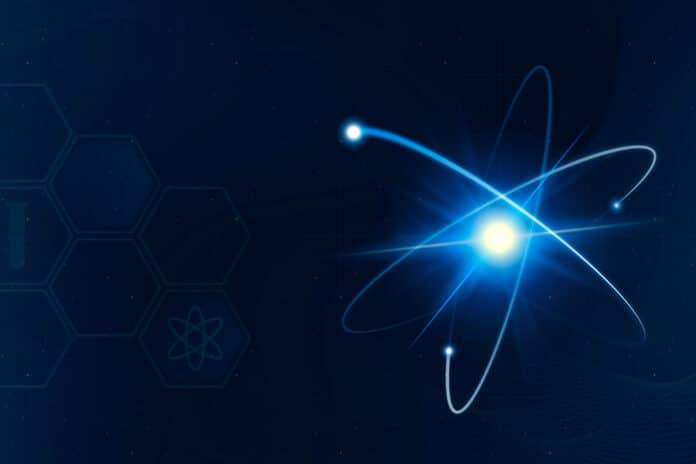Correlation and frustration play essential roles in physics, giving rise to novel quantum phases. A typical frustrated system is correlated bosons on moat bands, which could host topological orders with long-range quantum entanglement.
A team of physicists, including University of Massachusetts assistant professor Tigran Sedrakyan have discovered a new phase of matter called the chiral bose-liquid state. This discovery opens a new path in the age-old effort to understand the nature of the physical world.
Scientists are particularly interested in the prospect of what physicists refer to as “band degeneracy,” “moat bands,” or “kinetic frustration” in highly interacting quantum matter. Scientists have spent years researching these crazy quantum states.
In most cases, when particles collide in any system, the results are predictable, much like how billiard balls collide and react predictably. Therefore, there is a correlation between the effects and the particles. The billiard ball might levitate or fly off at an inconceivable angle in a frustrated quantum system. Still, there are unlimited possibilities that result from particle interaction, and some of these infinite possibilities can give rise to new quantum states.

A bilayer semiconducting device has been created by scientists as a frustration machine. The top layer has a lot of electrons that are free to move about. The lowest layer contains “holes,” or locations where roving electrons could reside. The two layers are brought incredibly close—interatomic close—to one another.
Scientists created the bottom layer, so there is a local imbalance between the number of electrons and holes in the bottom layer. If the number of electrons in the top layer and the number of holes in the bottom layer were equal, then you would expect to see the particles acting correlatedly.
Sedrakyan said, “It’s like a game of musical chairs designed to frustrate the electrons. Instead of each electron having one chair to go to, they must now scramble and have many possibilities in where they ‘sit.'”
The unique chiral edge state, which possesses several unexpected properties, is initiated by this dissatisfaction. The electrons, for instance, freeze into a predictable pattern when the quantum matter in a chiral state is cooled to absolute zero, and the emergent charge-neutral particles in this state will all either spin clockwise or anticlockwise. One of these electrons’ spin cannot be changed by any force, including collisions with other particles and the application of magnetic fields; this makes them astonishingly resilient and even suitable for fault-tolerant digital data encoding.
What transpires when an outside particle does collide with one of the particles in the chiral edge state is even more unexpected. In keeping with the billiard ball analogy, you would anticipate the cue ball striking the eight-ball to send it flying. However, if the 15 pool balls were in a chiral bose-liquid condition, they would all respond identically to the striking of the eight-ball. The long-range entanglement that exists in this quantum system is what causes this phenomenon.
Observing the chiral bose-liquid state is challenging, which is why it has remained hidden for so long. To do so, the team of scientists designed a theory and an experiment that used a powerful magnetic field capable of measuring the movements of the electrons as they race for chairs.
Lingjie Du said, “On the edge of the semiconductor bilayer, electrons and holes move with the same velocities. This leads to helical-like transport, which can be further modulated by external magnetic fields as the electron and hole channels are gradually separated under higher fields.”
The magneto-transport experiments, therefore, successfully reveal the first piece of evidence of the chiral bose-liquid, which scientists call the ‘excitonic topological order.’
Journal Reference:
- Wang, R., Sedrakyan, T.A., Wang, B. et al. Excitonic topological order in imbalanced electron–hole bilayers. Nature (2023). DOI: 10.1038/s41586-023-06065-w
